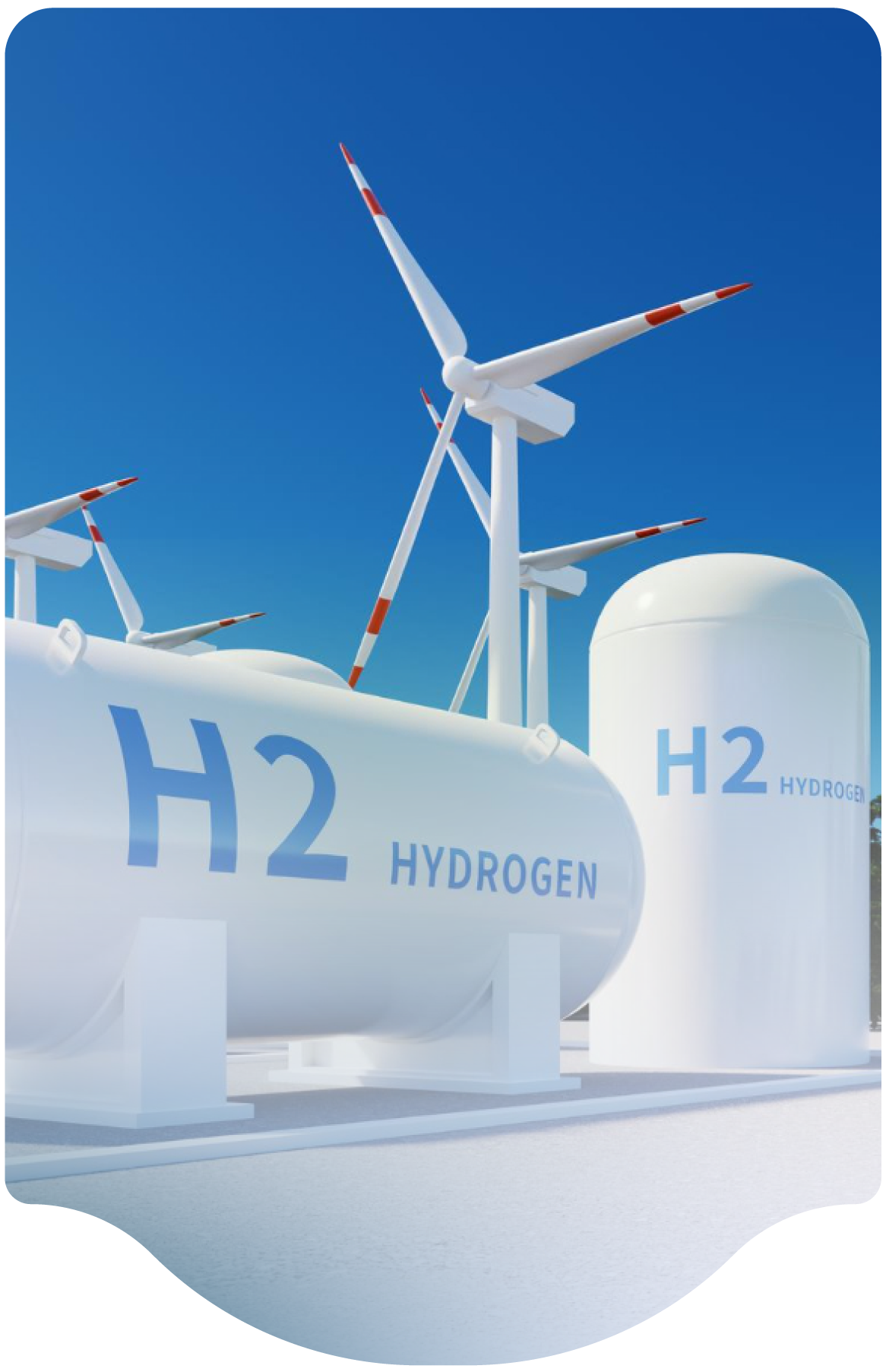ETK's experience in the application of VRLA batteries
3-8007-2546-0
This paper presents the experience of the company Ericsson Nikola Tesla (ETK) in the application of VRLA batteries. After a short comment. on conventional lead acid batteries, the paper explains the reasons for introduction of VRLA batteries and presents our experience considering their quality, performance, hydrogen evolution, safety, service life etc. Stress is put on some internal and external factors which affect useful life, such as positive grid corrosion, ambient temperature and charging voltage. ETK also gained experience in relation to adaptation of some UPS systems to VRLA batteries. The article concludes with the list of important advantages and disadvantages of VRLA batteries compared with the flooded ones.
10.1109/telesc.2000.918394
Times Cited: 0 3rd International Telecommunication Energy Special Conference May 07-10, 2000 Dresden, germany Deutsch Telekom; DeTeImmobilien; SIEMENS; EXIDE; Gertek; HAWKER Energy Storage; IEEE; Ntelec; KPN Telecom; Piller; Informat Technol Soc, VDE Assoc Electr Elect & Informat Technol; IEEE Power ElectrSoc, Int Telecommunicat Energy Conf Sub Grp 0
57-59

